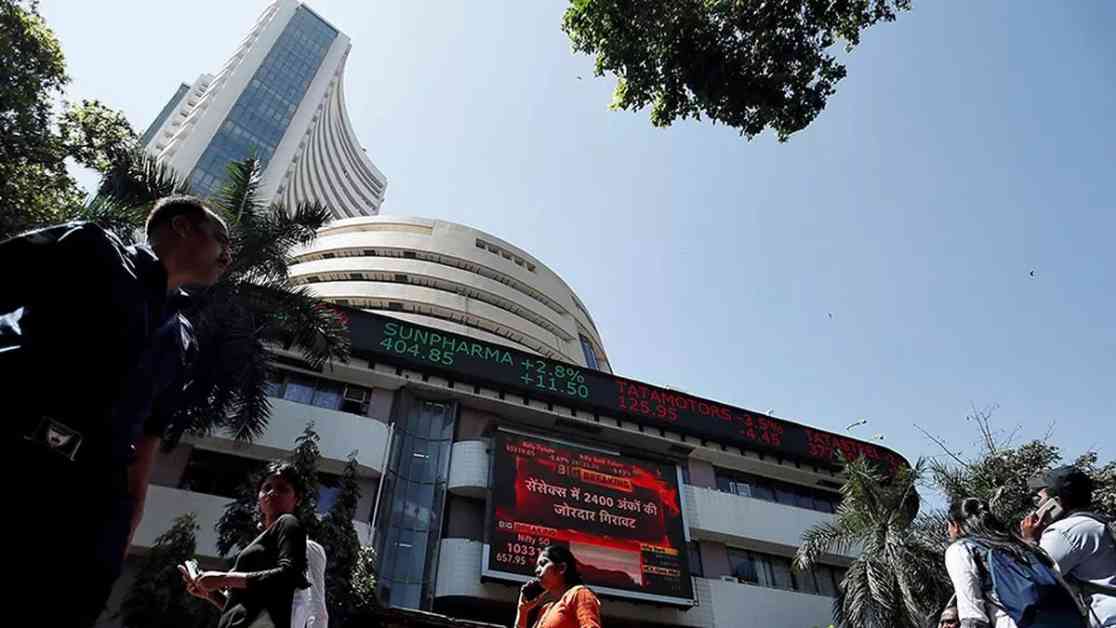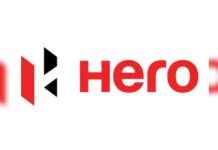Limited Adoption of T+0 Settlement After One Year
Nearly a year after its introduction, the same-day or T+0 settlement system in the National Stock Exchange (NSE) and Bombay Stock Exchange (BSE) has failed to gain significant traction. The past 224 days have seen only 83 trades in NSE and 56 trades in BSE, with trade values amounting to ₹7.1 lakh and ₹3 lakh, respectively. This new settlement cycle, which allows shares or money to be credited to investors’ accounts on the same day as the trade, has not seen widespread adoption.
Limited Broker Readiness and Low Institutional Participation
Experts attribute the low volumes in T+0 settlement to various factors such as liquidity concerns, limited broker readiness, and low institutional participation. Senior brokers suggest that traders prefer the T+1 or T+2 settlement cycles for better price discovery and leverage. Only 25 securities were initially eligible for same-day settlement, offered by qualified stock brokers who were not fully prepared with their systems, resulting in a stop-gap arrangement to facilitate the platform.
Expansion of T+0 Settlement Scope by SEBI
In an effort to increase participation in the T+0 settlement cycle, the Securities and Exchange Board of India (SEBI) expanded the scope to include the top 500 scrips in terms of market capitalization in a phased manner starting from January 31. This expansion was in addition to the existing 25 scrips available for trading. SEBI also allowed all stock brokers to partake in the optional T+0 settlement cycle and permitted them to charge differential brokerage for T+0 and T+1 settlement cycles, effective January 31, 2025.
Expert Insights and Future Outlook
Kranthi Bathini, Director of Equity Strategy at WealthMills Securities, suggests that T+0 settlement may gain popularity among traders in the future, as opposed to investors. However, the current low liquidity in the market has left traders in a “wait and watch” mode. The T+0 settlement cycle, which enables the crediting of shares or money in investors’ accounts on the same day as the trade, presents a significant advancement in the trading landscape.
In conclusion, the limited adoption of the T+0 settlement system after one year indicates the challenges in transitioning to a same-day settlement cycle. While the expansion of eligible scrips and participation of all stock brokers may pave the way for increased utilization, the current preference for traditional settlement cycles highlights the need for further education and awareness among market participants. The future of T+0 settlement remains uncertain, but the potential benefits for traders and investors alike are worth exploring in the evolving landscape of the stock market.























